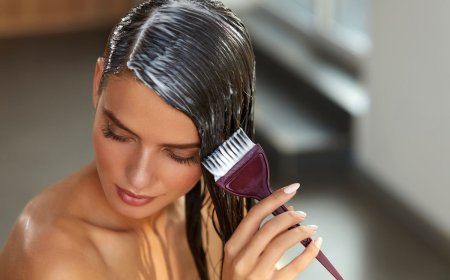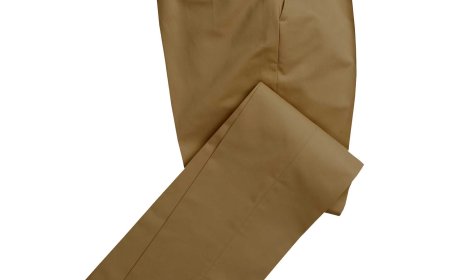Can You Iron Leather? The Do’s & Don’ts of Leather Care
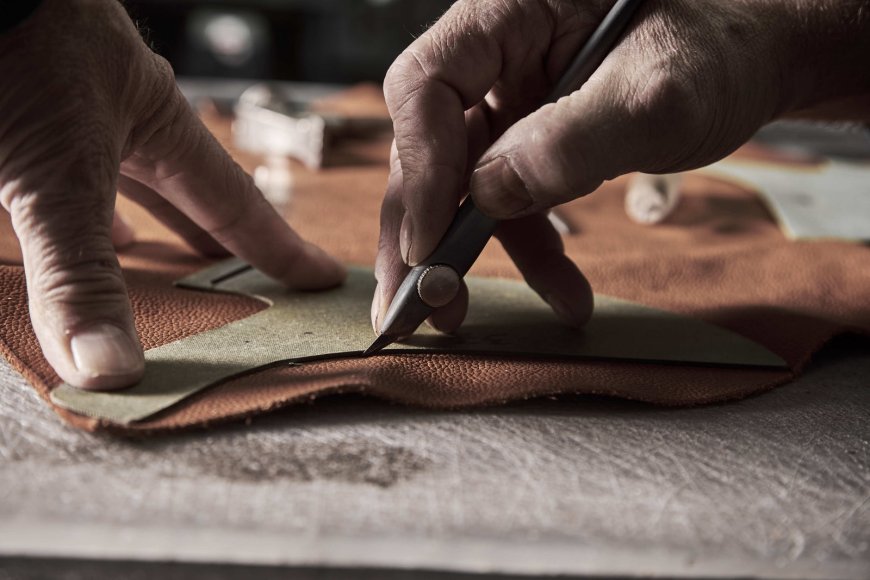
Leather, with its innate elegance and durability, has long been a cherished material in the realms of fashion and upholstery. However, as it ages or succumbs to wear, one may ponder various methods of maintenance, including the viability of ironing leather. This discourse examines the intricacies surrounding this topic, elucidating the do's and don'ts of leather care while underscoring the importance of mindful practices that promote not only preservation but also a mood-boosting experience.
Understanding the Composition of Leather
To navigate the complexities of leather care, it is imperative to first comprehend its composition. Leather derives primarily from animal hides, specifically cattle, sheep, or goats, which undergo a meticulous tanning process. The nature of the leather—be it full-grain, top-grain, corrected grain, or bonded leather—affects its aesthetics and durability. Each variant contains distinct characteristics, making it essential to tailor maintenance methods accordingly.
The Characteristics of Leather
Leather is a porous material that can absorb moisture and heat, impacting its structural integrity. Additionally, its unique texture allows for breathability, which, while beneficial, also renders it susceptible to stains, creases, and various environmental factors. The presence of natural oils within the leather contributes to its suppleness, but external elements can diminish this factor over time. This necessitates a careful approach when considering techniques such as ironing.
Ironing Leather: Is It Worth Considering?
When confronted with creases or wrinkles in leather garments or furniture, the question that arises is whether one can effectively utilize an iron. The precise answer is nuanced. Ironing leather is generally inadvisable; however, certain approaches may yield desirable results if conducted with utmost caution.
Assessing the Risks of Ironing
Ironing leather presents various risks. High temperatures can lead to irreversible damage, such as scorching or melting the material’s surface. Moreover, the application of direct heat can strip away the natural oils, resulting in dryness and a loss of flexibility. One must also consider that leather’s reaction to heat can be uneven, leading to unsightly patches or discoloration.
Alternative Methods for Smoothing Creases
Instead of resorting to ironing, one may explore alternative, less destructive methods for managing wrinkles in leather. Steam is a recommended approach, as it can effectively relax the fibers without imposing the risk associated with direct heat.
Utilizing Steam for Leather Care
Steam can be introduced by holding a steam iron at a safe distance from the leather item, allowing the steam to envelop the surface. This method helps to release creases without direct contact, thereby preserving the integrity of the material. After steaming, gently smooth the leather with your hands to reshape it into a smoother form.
The Do’s of Leather Care
Caring for leather involves a range of do’s that can contribute significantly to its maintenance and aesthetic appeal. Following these guidelines ensures that leather retains its charm and extends its lifespan.
Do Clean Regularly
Regular cleaning is vital for maintaining the beauty of leather. Utilize a soft, damp cloth to remove surface dirt and dust. For deeper cleans, a specialized leather cleaner may be employed, ensuring that it is pH-balanced to protect the material. Always test any cleaner on a discreet area first to prevent unexpected damage.
Do Condition the Leather
Conditioning is a crucial step in leather care. A high-quality leather conditioner replenishes natural oils, keeping the material supple and preventing it from becoming brittle. Conditioning should be performed every six months or more frequently if the leather item is regularly exposed to harsh conditions.
Do Store Properly
Proper storage is essential to prevent unnecessary wear. Leather items should be stored in breathable fabric bags rather than plastic, which can trap moisture. Additionally, maintaining adequate ventilation can combat humidity-related issues, such as mold or mildew, thereby fostering a wholesome environment for the leather.
The Don’ts of Leather Care
Conversely, an awareness of the don’ts can be equally beneficial in promoting leather longevity. Certain practices can detract from the material's inherent quality and jeopardize its lifespan.
Don’t Expose Leather to Direct Heat
Much like ironing, exposing leather to direct heat sources—such as radiators, sunlight, or hairdryers—can lead to severe damage. Heat can cause leather to dry out, crack, or lose its color, transforming a prized possession into an unsightly remnant of its former self.
Don’t Neglect Stains
Stains should be addressed promptly, as they can become embedded in the material over time. Avoid harsh chemicals or abrasive cleaning tools, as these can exacerbate the problem. Instead, opt for gentle cleaning agents specifically formulated for leather. Testing on a hidden area first remains paramount.
Don’t Over-Condition
While conditioning is beneficial, it is possible to overdo it. Excessive application of conditioners can lead to a greasy surface and attract dirt. Moderation is key, and one should adhere to manufacturer recommendations regarding frequency and quantity.
The Mood-Boosting Experience of Leather Care
Beyond the practicality of maintaining leather, there is an intrinsic joy derived from caring for such a cherished material. The process of gently cleaning, conditioning, and revitalizing a leather item can evoke a sense of accomplishment. Engaging in leather care becomes a meditative experience, allowing individuals to connect emotionally with their possessions.
Moreover, the tactile nature of leather offers a sensory engagement that promotes mindfulness. The rich scents, distinct textures, and warm aesthetics can create a calm ambiance, facilitating relaxation and fostering a positive mood. This emotional connection amplifies the appeal of leather, transforming maintenance into an uplifting ritual.
Conclusion
Ultimately, while the prospect of ironing leather may be tempting, it is fraught with risks that often outweigh potential benefits. The essence of leather lies in its unique characteristics, which require thoughtful and informed care. By adhering to essential do’s and punctuating practices with an understanding of the don’ts, individuals can ensure the longevity of their leather items. Embracing the process of leather care not only contributes to the material’s preservation but also offers a reaffirming experience that enhances mood and fosters relational depth with treasured possessions.
What's Your Reaction?
 Like
0
Like
0
 Dislike
0
Dislike
0
 Love
0
Love
0
 Funny
0
Funny
0
 Angry
0
Angry
0
 Sad
0
Sad
0
 Wow
0
Wow
0

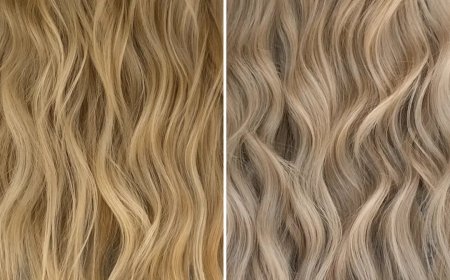
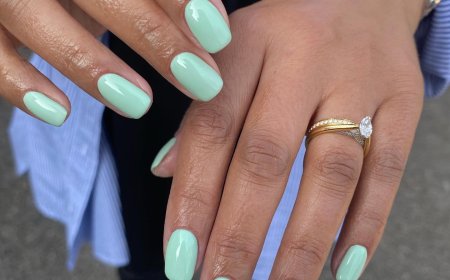
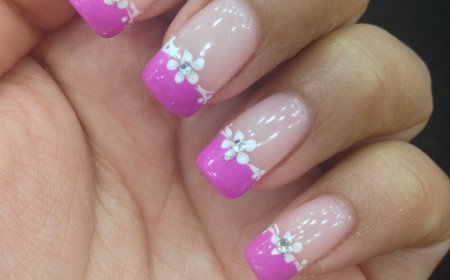





:max_bytes(150000):strip_icc()/drugstore-retinol-creams-tout-f76b9d2796e34eaa8376801c83fb1888.jpg)
